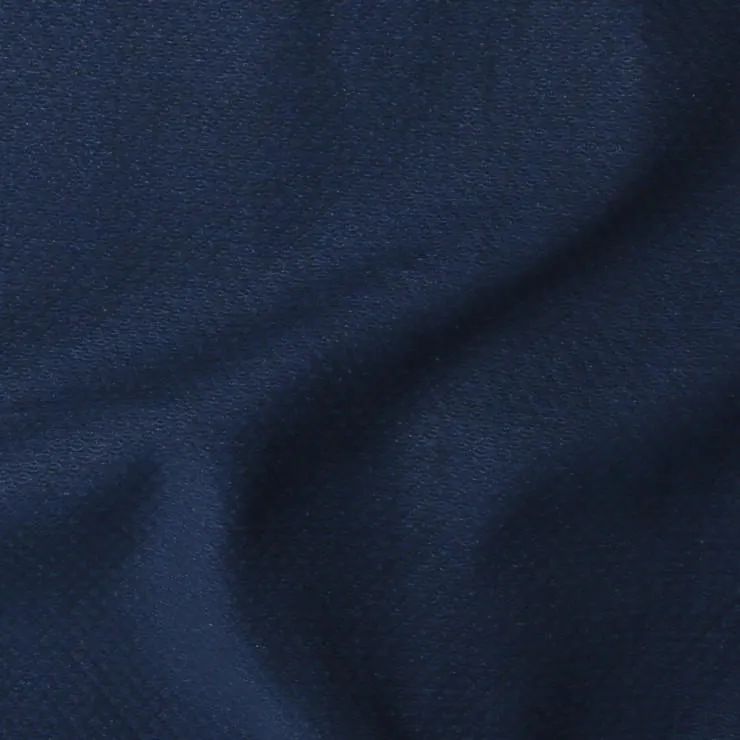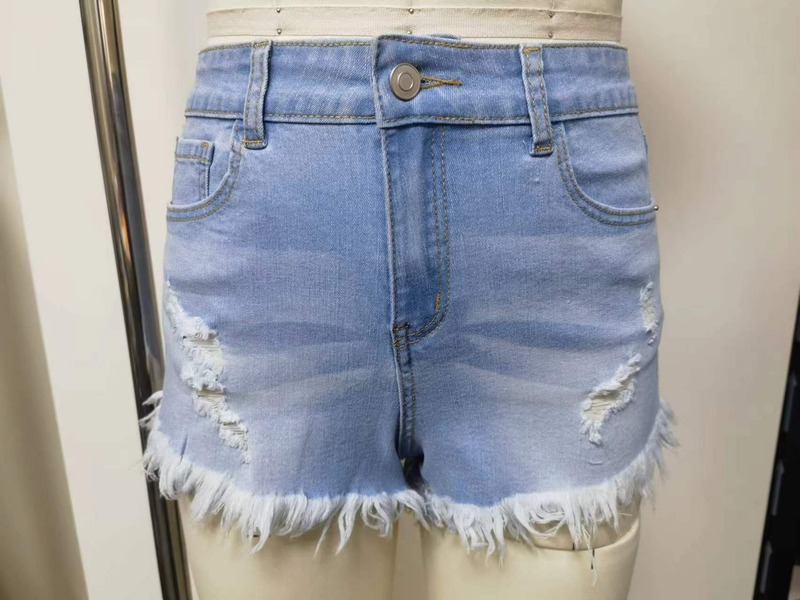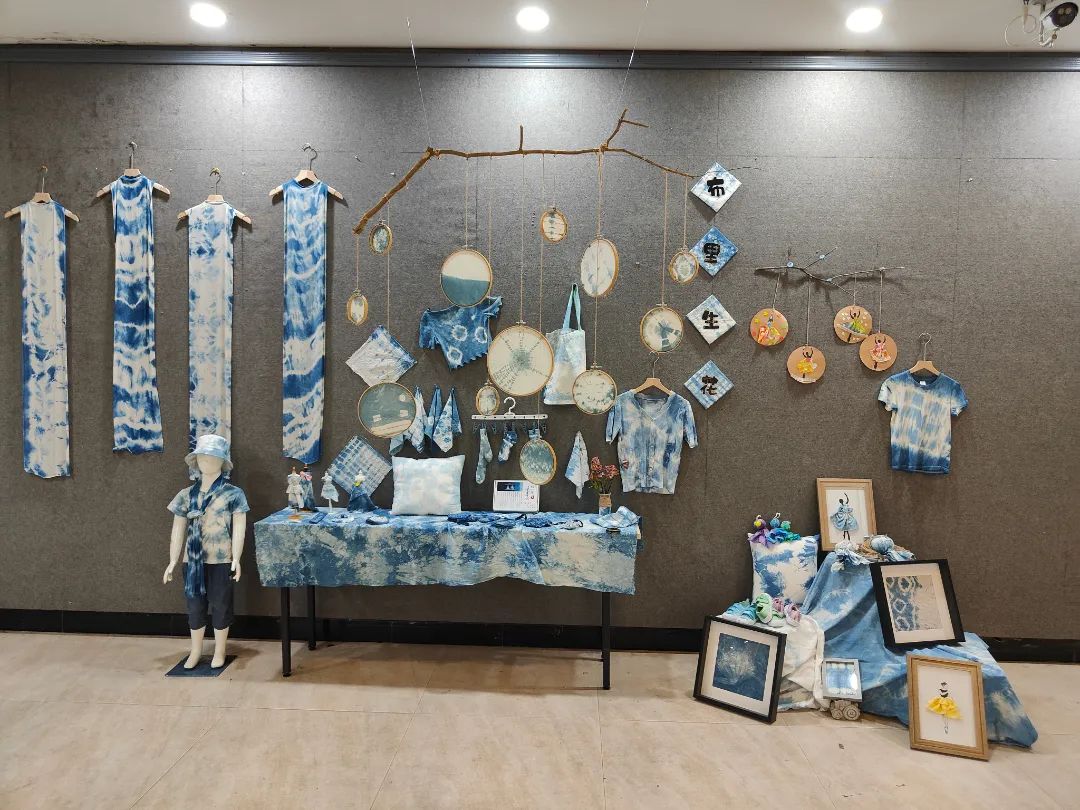What are the types of denim fabric?
Denim is clothing that can be worn all year round, so how to distinguish different types of denim (denim fabric): First, according to the thickness of denim, it is divided into 4.5oz, 6oz, 8oz, 10oz, 11oz, 12oz, 13.5 oz, 14.5 oz, etc. 4.5 oz are very thin and are often used to make summer ladies’ vests, sleeveless shirts, etc., while 14.5 ozare already very thick, and can be used for men’s cotton-padded clothes in winter. Most of the jeans we often wear range from 8oz to 12oz.
The types of denim fabrics, it can be divided into the plain weave, twill weave, herringbone weave, interweaving grain, slub, dark grain, and flocking denim. In terms of composition, denim is divided into combed and carded, 100% cotton, stretch (Lycra), cotton and linen blended, and Tencel. At present, the more popular denim varieties at home and abroad are mainly ring-spun denim, warp, and weft slub denim, super indigo dyed denim, color registration, assorted color denim, and weft stretch denim, etc.

Ring spun denim
With the development and application of new technology equipment such as high-speed ring spinning, large package, fine-bonding, and knot-free yarn, the shortcomings of short spinning length, low production efficiency, and many knots of coarse-count yarn have been solved. The situation that denim yarn is being replaced by air-jet yarn is changing rapidly, and ring-spun yarn is likely to make a comeback. Because ring-spun denim is superior to some properties of air-laid yarn, such as hand feel, drape, tear strength, etc., but also due to the influence of people’s psychological return to nature and the pursuit of the originally developed denim style, the more important reason is that ring-spun denim After grinding and washing, the surface of the spindle-spun denim will show a hazy slub-like style, which is in line with the individual needs of today’s denim. In addition, slub yarn denim is very popular in the market at present, and ring-spun slubs can be spun into shorter and denser slubs, which also promotes the development momentum of ring-spun denim.
Slub Denim
When designing slub yarns with different yarn numbers, different slub thicknesses (ratio to base yarn), slub lengths and pitches use slub yarns in single warp direction or single weft direction, and both warp and weft directions are equipped with slub yarns. A variety of slub denim fabrics can be produced when normal yarns of different sizes or sizes are properly proportioned and arranged, and various hazy or clear striped denim styles can be formed after garment washing. , and is welcomed by groups with individual consumer needs.
Early slub denim was almost always made of ring-spun slub yarn because it can be spun into slub yarn with shorter length, smaller pitch, and relatively higher density, which is easy to form a denser embellishment effect on the cloth surface, and The meridian bamboo joints are the main ones. Along with the development of market consumption demand, bi-directional slub denim in warp and weft is popular at present, especially bi-directional slub denim products with weft elasticity, which are very popular in domestic and foreign markets. For some varieties, as long as the organizational structure is well designed, a single variety of ring-spun yarn can be used in the warp direction, and a proper proportion of slub yarn can be used in the weft direction, and the effect of bidirectional slub denim in warp and weft can also be achieved.
Weft stretch denim
The use of spandex stretch yarn has developed denim varieties into a new field, which can make denim clothing close to the body and comfortable, and with bamboo or different colors, the denim products are more suitable for fashion and personalized consumer demand, so there is Great potential for development. At present, most elastic denim is weft elastic, and the elastic elongation is generally 20% to 40%. The elastic elongation depends on the weave design of the fabric. The smaller the warp and weft weaving tightness on the loom, the greater the elasticity. Conversely, under the condition of fixed warp weave tightness, the tighter the weft elastic yarn is, the smaller the elasticity will be. When the weft tightness reaches a certain level, the elasticity may even be lost.
In addition, the prominent problem of the current elastic denim finished fabric is that the weft shrinkage is too large, generally more than 10%, and some even reach more than 20%. Unstable cloth width brings great difficulties to garment production. The first solution is not to make the elastic stretch too large in product design. Generally, 20% to 30% is used, that is, to maintain a certain warp and weft weave tightness, and in the During the pre-shrinking finishing, the method of appropriately increasing the tension is adopted to make the cloth have a larger shrinkage, so as to obtain a lower residual shrinkage in the weft direction of the finished fabric. Another solution is to heat-set the elastic denim after pre-shrinking. In this way, a more uniform cloth width and a more stable and lower weft shrinkage can be obtained, which can meet the requirements of garment processing and production.
Special color denim

Because garments made of super indigo-dyed or extra deep indigo-dyed denim can obtain the special effect of rich and bright color after washing, they are widely welcomed by consumers. “Super indigo” dyed denim has two characteristics: particularly deep dyeing depth and particularly good color fastness to washing. The former refers to the amount of indigo dye dyed on the yarn per unit weight (generally expressed as the percentage of the dye in the dry weight of the yarn, referred to as the dyeing depth %) is particularly large, for example, the indigo dyeing depth of conventional denim warp yarns is 1% to 3%. , while the dyeing depth of “super indigo” needs to reach more than 4% before it can be called super indigo or extra deep indigo.
The latter means that “super indigo” dyed denim needs to withstand repeated grinding and washing for more than 3 hours, and its color can still reach or exceed the color depth of conventional dyed denim without grinding, and its shade is better than that of conventional dyed denim. Much richer and brighter. For the color fastness to washing of indigo-dyed denim, its essence depends on the degree of penetration of the dye to the yarn, rather than the washing fastness of the dye itself (indigo wet fastness is only graded 1), that is, the penetration of the core The better the degree, the better the color fastness to grinding and washing.
In the past, the so-called “indigo dyeing fast washing process” actually made the indigo dye penetrate the core of the fiber very shallowly during the yarn dyeing process. After the first layer of dye is rubbed off, more white yarn cores are exposed, which makes the color lighten quickly, so as to achieve the effect of fading immediately after a short period of grinding and washing. The “Super Indigo” dyeing process is on the contrary. It requires the dye to penetrate the core very well so that the denim garment can obtain a deep and bright color after grinding.
Since the dyeing depth of “super indigo” dyed denim products is more than 60% higher than that of conventional traditional denim dyeing, the concentration of indigo in the dyeing solution will also increase exponentially, even reaching 3-4g/L, and it is possible to obtain darker denim. Strong color. In this way, the viscosity of the dye solution increases and the fluidity becomes poor, which affects the penetration ability of the leuco dye, reduces the color fastness to washing of denim, and fails to meet the final depth requirements of garment production. Therefore, some enterprises adopt the design of increasing the dyeing depth again, so that the concentration of indigo in the dye solution increases again, and the permeability becomes worse. In this way, a vicious circle is formed, and the requirement of a “super indigo” color is still not met. The higher the concentration of indigo in the dyeing solution, the heavier the red light of the dyed product, the darker the color, and there will be no “super indigo” effect.
Therefore, there are currently many production plants that have already or are preparing to transform the dyeing equipment and solve this problem by increasing the number of dyeing passes. For example, increasing the number of dyeing processes to 8, or even 10, not only increases the investment cost, and the consumption of dyes and chemical materials, but also increases the difficulty of operation, and increases the pollution to the environment. A better way to solve this contradiction is to appropriately reduce the proportioning dosage of sodium hydrosulfite or caustic soda, especially the control of the dosage of caustic soda, so that the pH value of the dyeing solution is stable between 11 and 12, the dyeing rate is the highest and the color is stable, and at the same time Appropriately reduce the dyeing tension of the warp yarn pieces, so as to obtain a better “super indigo” dyeing effect.
Chromatic denim
In order to increase the color and shade variation of indigo denim varieties, various color denim varieties are very popular at present. For example, indigo over-dyed sulfur black, indigo over-dyed sulfur grass green, sulfur black green, sulfur blue, etc., to meet the individual needs of the market. At the same time, the denim production factories have their own new denim varieties with patent characteristics to improve the competitiveness of the market. What needs to be paid attention to in this regard is to control the concentration of the mother liquor as much as possible to prevent the excessive overflow of the dye liquor and causes the waste of dyes and expands the pollution to the environment.
Colored (assorted) denim
There are mainly bromine indigo (commonly known as emerald blue in the market) denim and sulfur black denim, as well as coffee, emerald green, gray, khaki, sulfur blue denim with sulfur dyes, and a small amount of Nafto dye or reactive dye. Although the production batches of dyed bright red, peach red, princess-colored denim, etc. are not large, the market demand is relatively urgent and often cannot meet the demand.
The main problem is that the color and light are not stable enough, and the attention paid to dyeing is also low. The garment manufacturers are not satisfied. This is certainly related to the small production batch and too many colors. Large size, high cost, and difficult sewage treatment, etc., also have a certain impact. The first solution is to reduce the number of color combinations as much as possible in the design, use two color combinations as much as possible, no more than three color combinations, or use other more stable dyes to replace them, so as to adapt to the production characteristics of the dyeing machine and obtain more Stable dyeing effect The second is a more thorough solution. It is ideal to use yarn-dyed yarn in large-capacity dyeing and warping production lines to produce assorted-color denim.
This is Amy Mok from JFY jeans company, we are a denim jean manufacturer in China, I have been in the apparel production industry for 20 years in China. If you have any questions about apparel production, including woven, knitted, denim jeans, welcome to discuss with me. I will tell you everything that I know.




